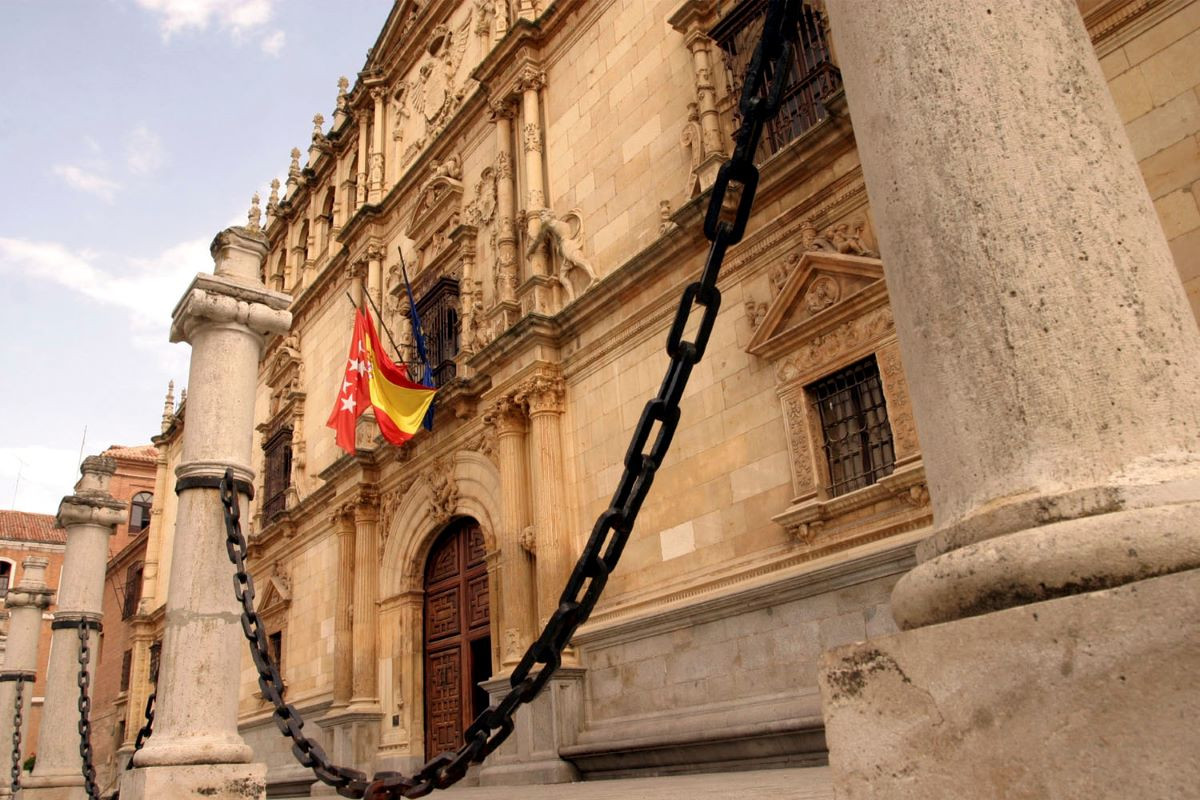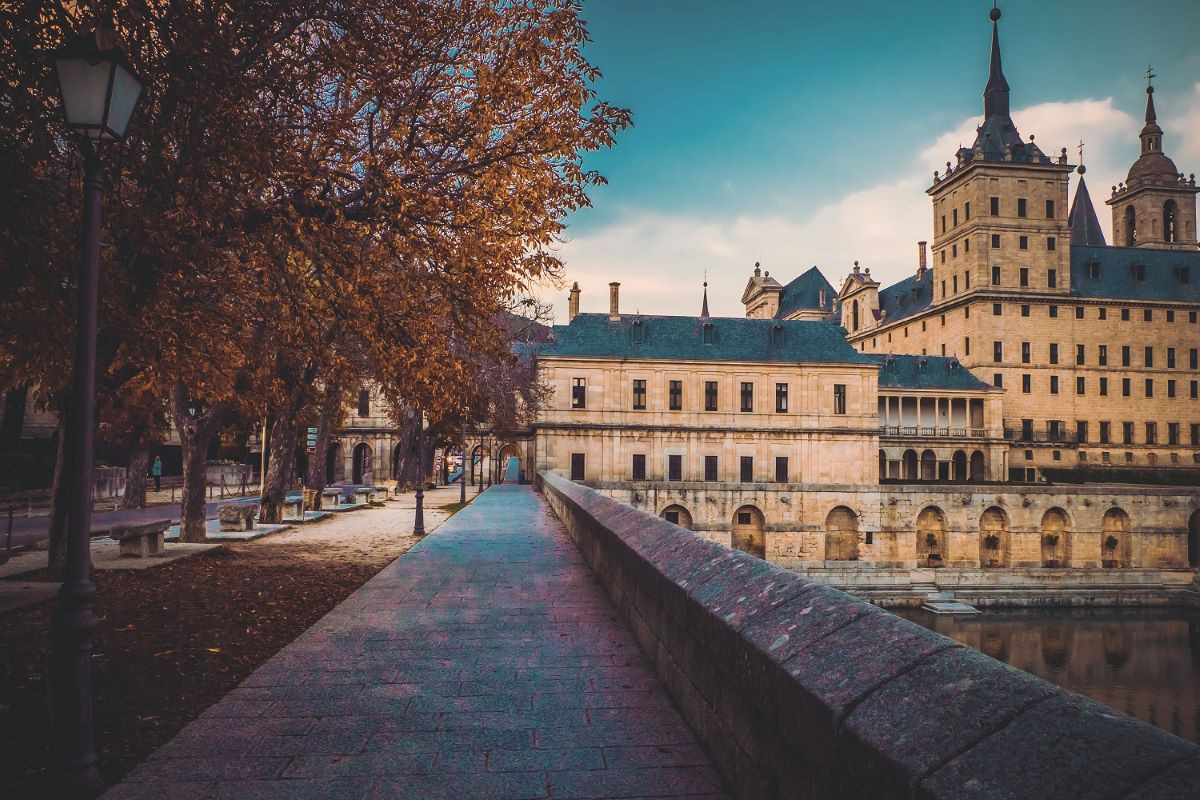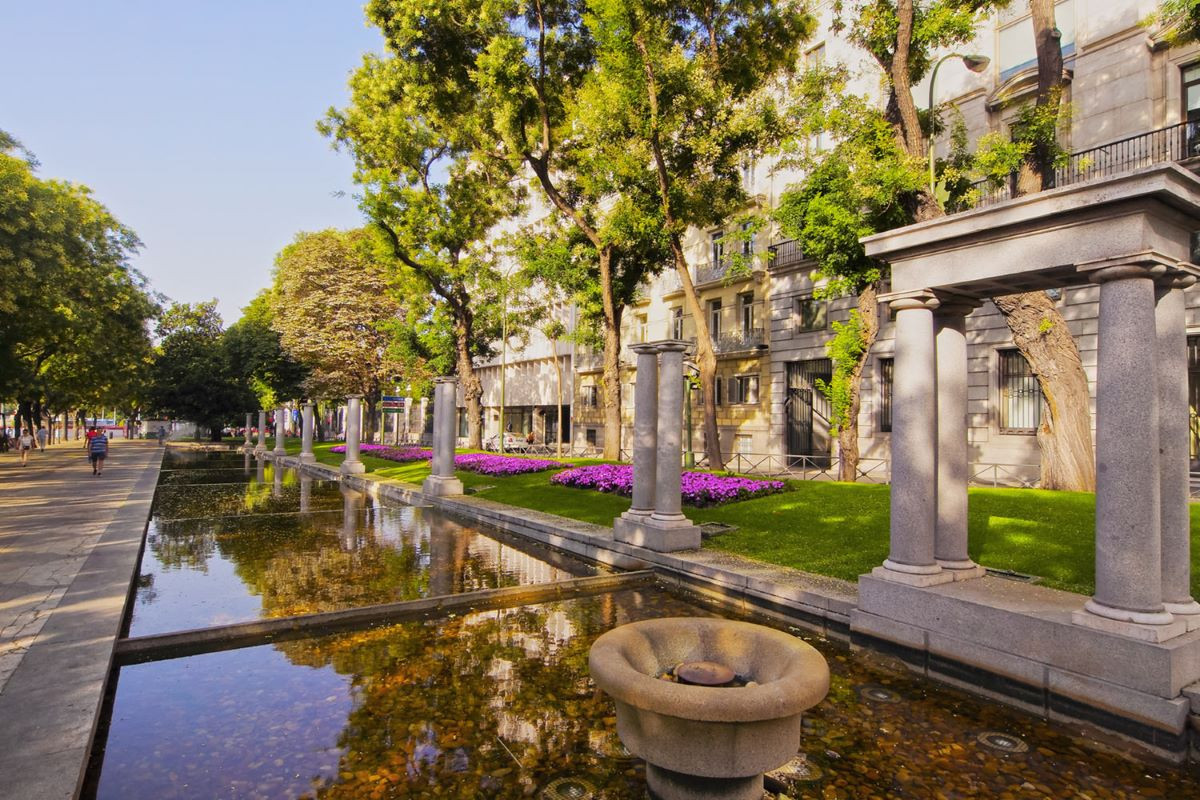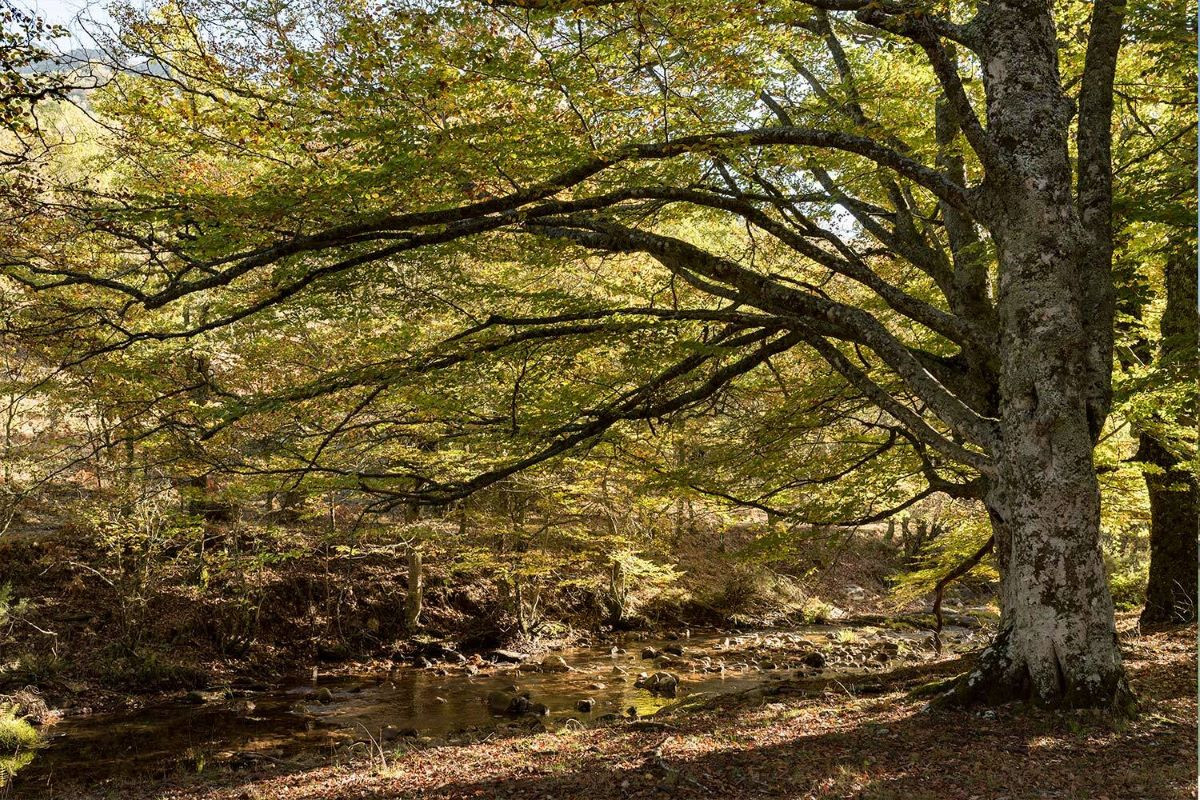Unique experiences in World Heritage Sites in the Region of Madrid
25th anniversary of the declaration of Alcalá de Henares as a World Heritage Site 18 October, 2023The five UNESCO World Heritage Sites in the Region of Madrid awaken in visitors the excitement of unravelling part of the history and culture of humanity in unique settings where they can enjoy unique experiences. Visitors cannot miss the monumental cities of Alcalá de Henares, with its University and historic centre; the Cultural Landscape of Aranjuez; the Monastery and Royal Site of San Lorenzo de El Escorial; the Paisaje de la Luz [Landscape of Light] -Paseo del Prado and Buen Retiro. Paisaje de las Artes y las Ciencias-, in Madrid; and the Hayedo de Montejo [Montejo Beech Forest], a natural treasure in the Sierra del Rincón Biosphere Reserve.
The five destinations combine culture, history, art, gastronomy and nature, all less than 100 kilometres from the centre of Madrid. Five places that can also be discovered on attractive itineraries on foot or by bicycle, where you can enjoy unique experiences.
Alcalá de Henares
This year Alcalá de Henares celebrates the 25th anniversary of the declaration of its University and historic centre as a World Heritage Site, as the first city designed and built as a university campus. In these more than two decades it has consolidated its commitment to preserving its extensive historical and artistic heritage of more than 2,000 years of history, becoming a dynamic city brimming with cultural activity.

The Cervantes Train is a good option to live an experience in its streets while breathing its historical legacy and university atmosphere. On board, actors and extras dressed in period costumes inspired by the Golden Age delight travellers with short theatrical performances, and on arrival in the city of Complutense they act as guides on a tour of its historic centre, with the chance to enjoy its rich gastronomy.
In Cervantes’ birthplace, travellers can visit the University and its Paraninfo, where every year the King and Queen of Spain present the Cervantes Prize; the Corral de Comedias, the oldest theatre in Spain, in operation since 1601; its arcaded Calle Mayor; the Cervantes Birthplace Museum, which recreates the atmosphere of a 16th and 17th century home; the Catedral Magistral de los Santos Niños, the original nucleus of the town in the 13th century; the Regional Archaeological Museum of the Region of Madrid; the Archbishop's Palace, which in the 16th century became one of the most important Renaissance palaces in Spain; and the house of Hippolytus, within the Archaeological Park of the Roman city of Complutum.
Aranjuez
The layout of the Royal Site and town of Aranjuez is one of the most remarkable cases of symbiosis between natural appearance and human intervention. A symbiosis that is embodied in its geometric design in walkways between woods, gardens and crops, through a Greco-Roman and Renaissance-inspired model that culminates in the orthogonal grid of the Baroque and enlightened city linked to the Spanish monarchy, characteristics that UNESCO distinguished in 2001 with the title of Cultural Landscape of Aranjuez.

Since 1984, the Tren de la Fresa [Strawberry Train] has been offering its visitors, on spring and autumn weekends, a journey that recalls the route of the first railway in the Region of Madrid, built in 1851 by Queen Isabel II to connect the capital with the Royal Palace of Aranjuez. It thus becomes a unique cultural and leisure experience, which can be complemented with a tour on board the Curiosity, a tourist boat that makes a circular trip along the Tagus River, surrounding the Prince's garden; or the Chiquitrén, a family tourism product that highlights the historic centre of Aranjuez and its royal gardens.
San Lorenzo de El Escorial
San Lorenzo is deeply linked to the building considered the grandest in the Region of Madrid and one of the most unusual architectures of the European Renaissance. Philip II understood the Monastery as a symbol of the absolute power of the monarchy, while Charles III gave it a more cosmopolitan stamp after the architectural and urban planning adaptation as the temporary seat of the Court of the town that today surrounds the great monumental complex, declared a World Heritage Site in 1984. Its combination of natural, historical and cultural elements also gives it a special stamp.

The Tren de Felipe II [Philip II Train] can be a different alternative for getting to know the enclave and all it has to offer. It starts its route at Madrid's Príncipe Pío station and, after entering the Sierra de Guadarrama, arrives in this area where travellers can enjoy its great heritage, cultural and artistic offerings, as well as its gastronomy. Another interesting proposal for children and adults are the free family outreach and participation activities organised by the Environmental Education Centre of the Luis Ceballos Arboretum.
Paisaje de la Luz, in Madrid
In 2021 the Paisaje de la Luz became the first historic urban space to be declared a World Heritage Site in Europe. In the heart of Madrid, the oldest tree-lined promenade in a European capital, created in the 16th century, was awarded this recognition, a model of urban planning intervention that combines culture, nature, art and science. Two centuries later, the Paseo del Prado would become a benchmark of enlightened urban planning, to promote scientific research and disseminate this knowledge to society.

It is significant that the area comprising the Landscape of Arts and Sciences is home to important scientific, political and cultural institutions. These include green spaces such as the Buen Retiro Garden and the Royal Botanical Garden; public institutions such as the Royal Astronomical Observatory, the Congress of Deputies, the Bank of Spain, the Madrid Stock Exchange, the Cervantes Institute and the Spanish Royal Academy; and cultural landmarks such as the Prado National Museum, the Museo Nacional Centro de Arte Reina Sofía and the Museo Nacional Thyssen-Bornemisza, which make up the Paseo del Arte, as well as the National Museum of Anthropology, the Casa de América, the National Museum of Decorative Arts, the Naval Musuem and CaixaForum Madrid. Just strolling around to see the 21 Assets of Cultural Interest that make up all these institutions is well worth a visit.
Hayedo de Montejo
The Hayedo de Montejo, one of the most unique forests in the region, an ancient meadow of beech, sessile oak and oak trees at the foot of the Sierra de Ayllón, was declared a Natural Heritage Site by Unesco in 2017, as part of a joint candidacy of "European Beech Forests". Its landscape and ecological diversity of this area have turned it into a real natural laboratory capable of anticipating the effects of climate change thanks to the monitoring of its more than 1,400 trees.

So that all those interested can enjoy this space in a sustainable way, its Environmental Education Programme includes free guided tours, with a limited number of visits as it is a very sensitive Protected Natural Area, which highlight the natural wealth of the environment, the uniqueness and fragility of the Hayedo and of the Sierra del Rincón Biosphere Reserve as a whole. In this way you can enjoy a place of unique natural beauty far from the human footprint.